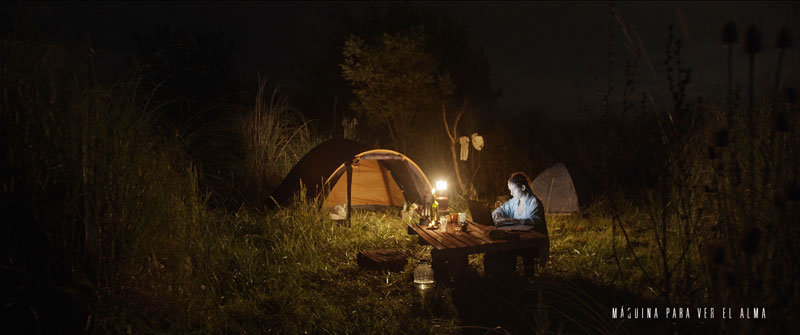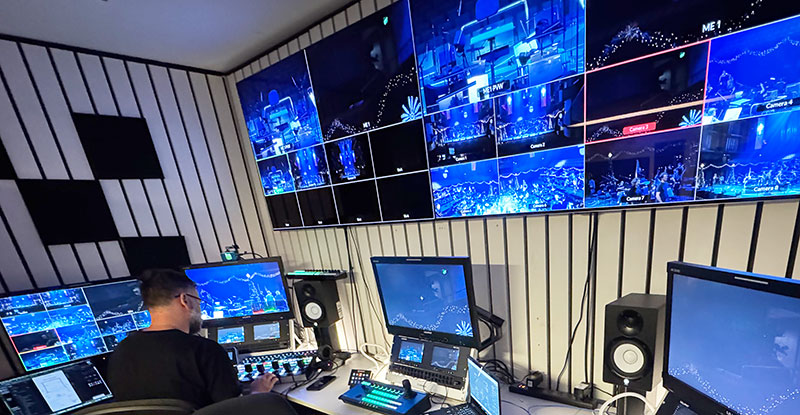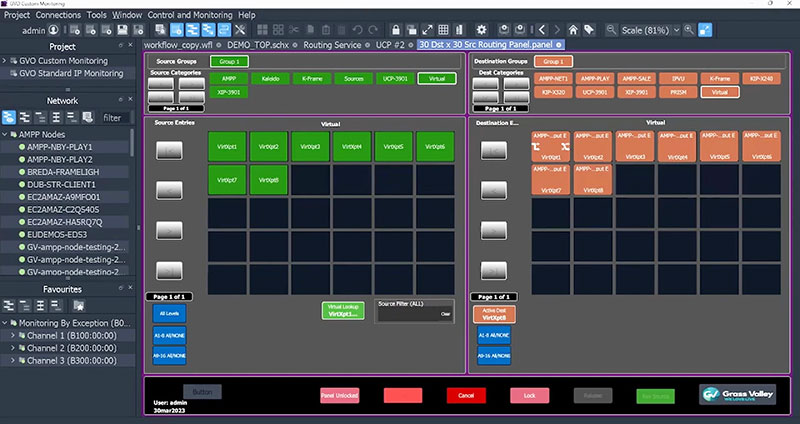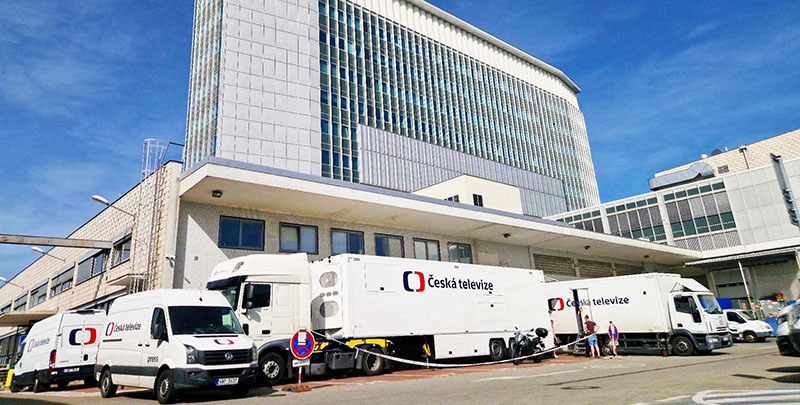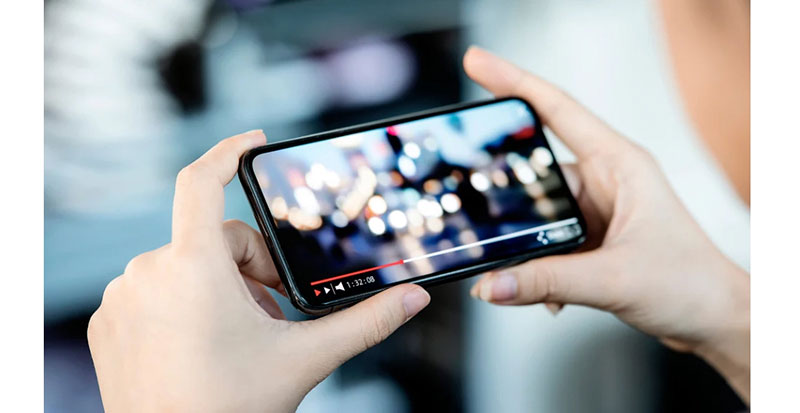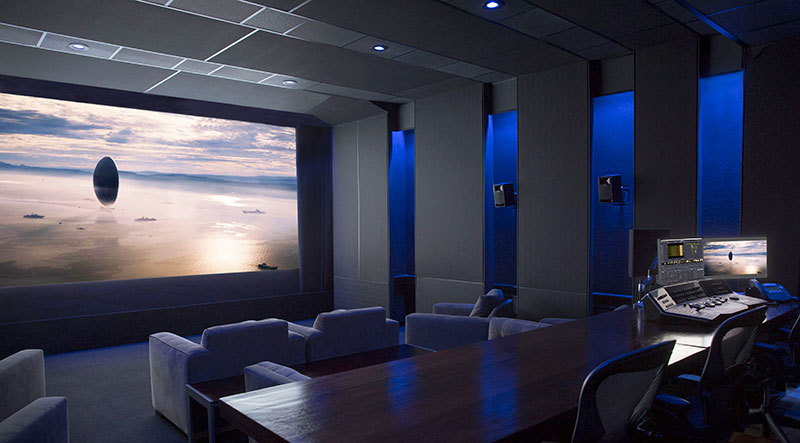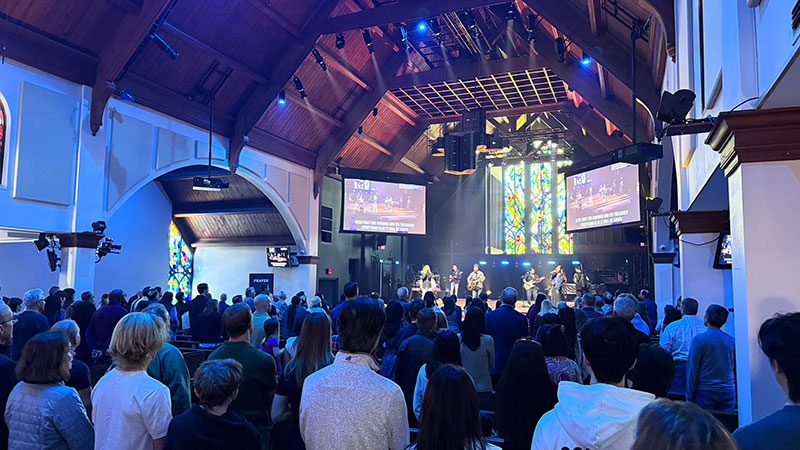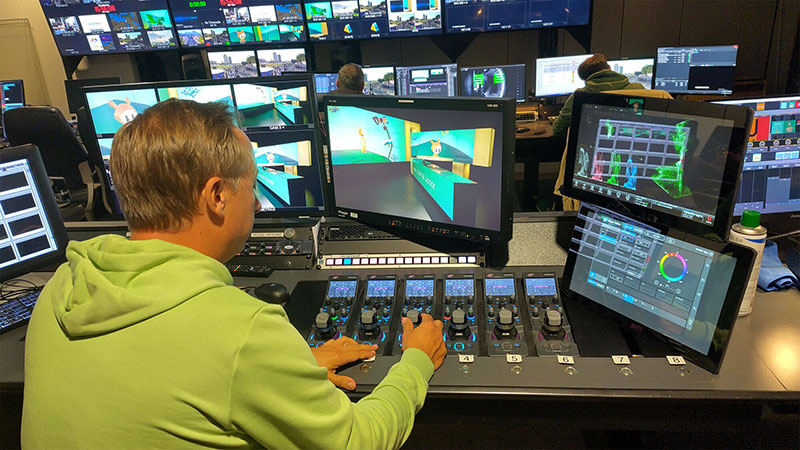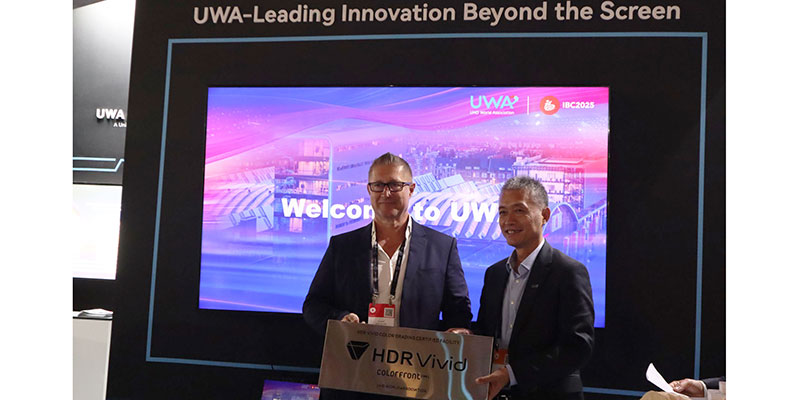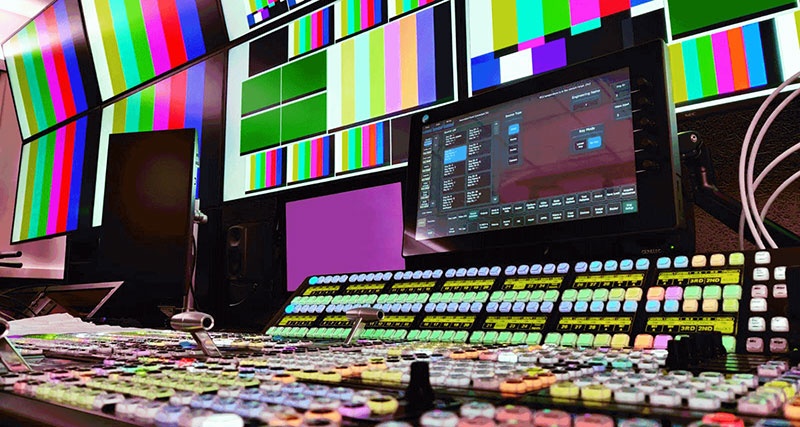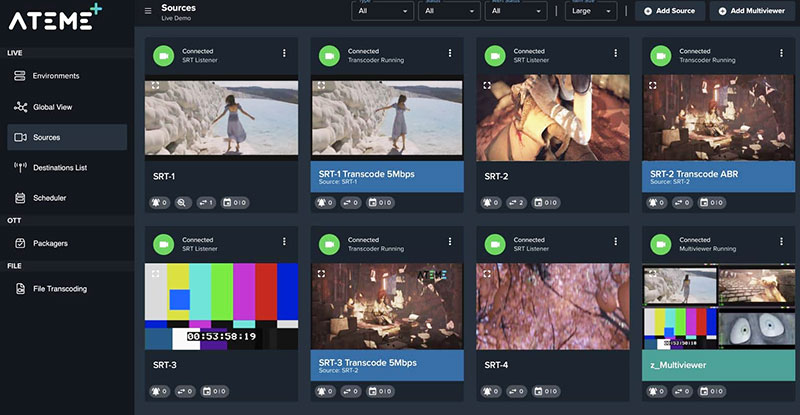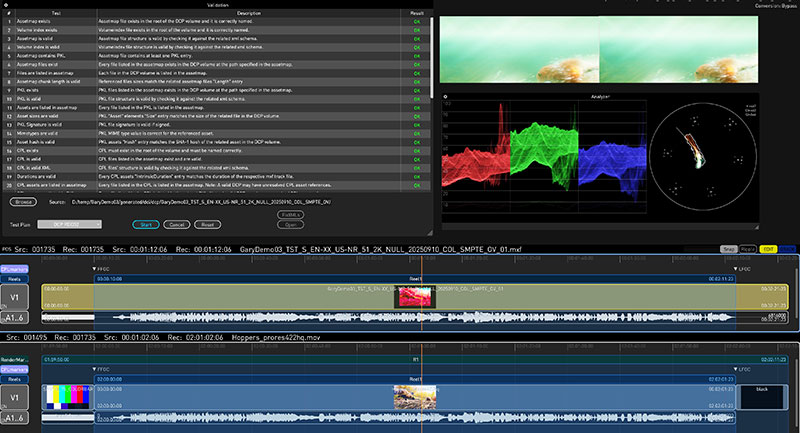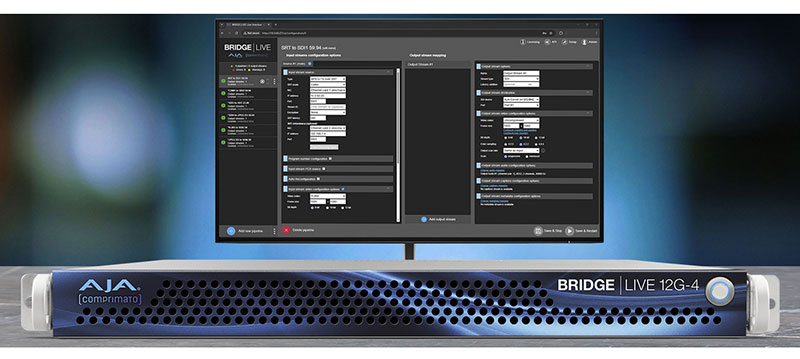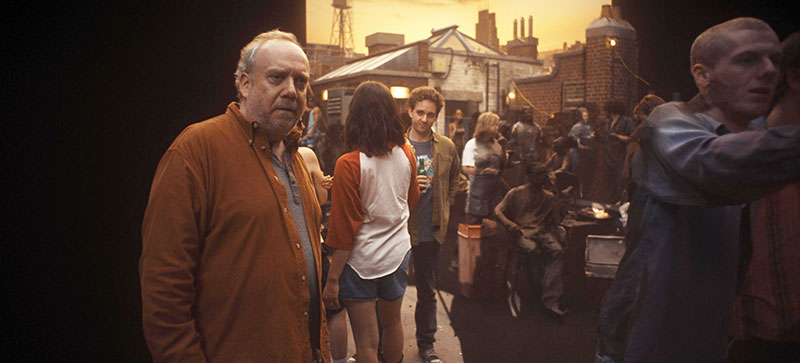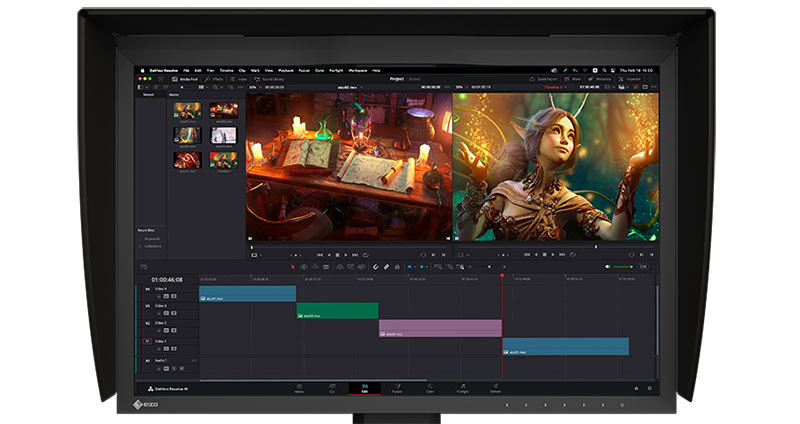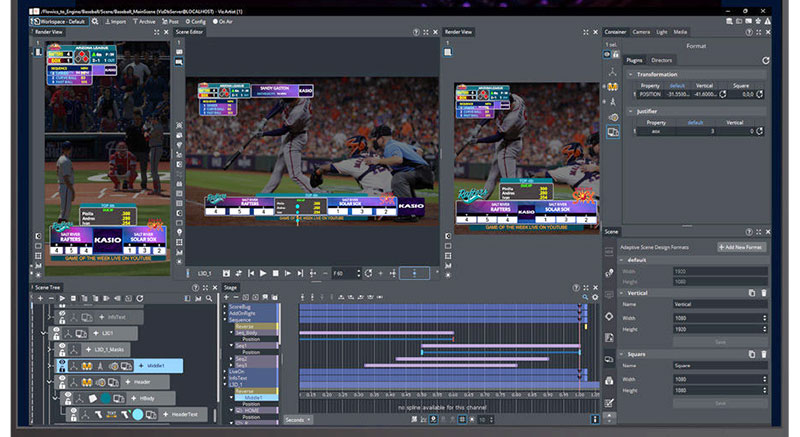Filmmakers in Argentina used DaVinci Resolve Studio for remote post, including editing, grading, VFX and audio, on their film, shot with a Pocket Cinema Camera 4K in Blackmagic RAW.
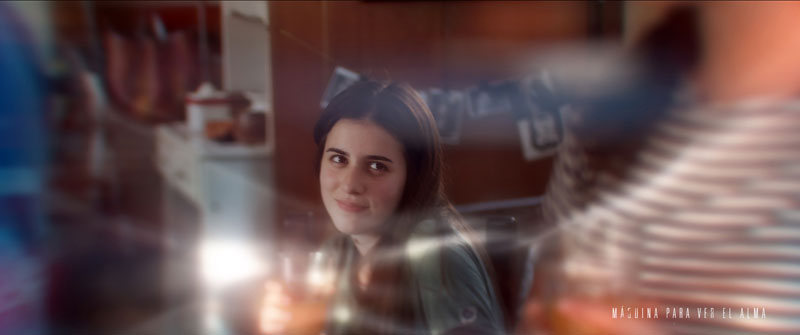
‘Máquina para ver el alma’, which in English means ‘Machine for the Aura’, is a film with an unusual story about a scientist, Valeria, in Argentina who seeks to demonstrate the existence of a previously unknown energy in living beings. As a young woman, her efforts are held back by the need to struggle against the rigid system of beliefs in a scientific world ruled by men. Older scientists underestimate her search and her discoveries, seeking to ruin her. However, a photographer comes to Valeria’s aid, and they work together to prove the existence of this energy.
“This was an important project for me to share with the world. As a woman with a PhD in biology, I understand the struggles women face in academic and professional fields,” said Ana Laura Monserrat, writer, director and coproducer of the film. “I hope that with this film, we’re able to shed light on these issues and empower women.”
To bring the story to life, Ana worked with Nahuel Srnec, who co-directed, produced, edited and graded the film. Nahuel is a member of the Colorist Society International (CSI) and a DaVinci Resolve certified trainer.
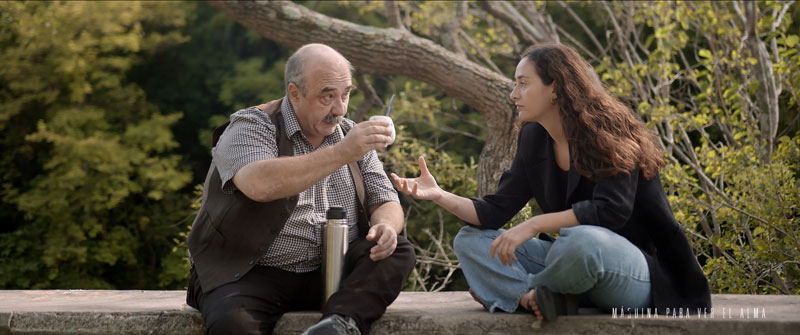
Compact Precision
“We shot the whole film with the Blackmagic Pocket Cinema Camera 4K in Blackmagic RAW,” said Nahuel. “The camera packs a lot of precision in a very compact body, and we found no need to add monitors or accessories to it. Its large screen, the practicality of recording to SSDs and its small size allowed us to move quickly and agilely through the locations. Also, its dynamic range, dual native ISO and the characteristics of the Blackmagic RAW codec were instrumental in capturing clean images without having to rely on lighting equipment during either the day or night shoots.”
Since the team had to follow a mandatory quarantine order, they made extensive use of DaVinci Resolve Studio’s remote collaboration features for post.
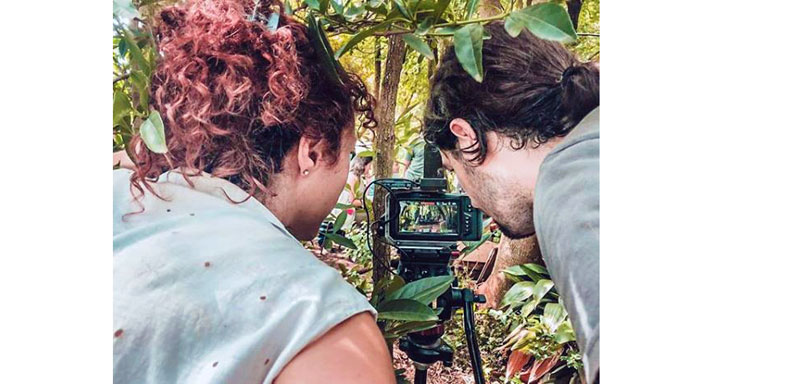
“I was able to edit the entire feature film with Carol Sturmann, our second editor, from our laptops, directly running the Blackmagic RAW files from the Pocket Cinema Camera 4K without generating proxies or using optimised media. Editing a feature film on a laptop with 4K RAW material seemed impossible to me at first, but working with Blackmagic RAW, a very efficient codec, and the DaVinci Resolve Studio software, made it possible,” remarked Nahuel.
“For example, by using the waveform synchronization tools, we were able to synchronize image and sound much faster and with less work than with conventional tools. We also used the Cut page to quickly compile the first assembly of the film.”
Colliding Energy
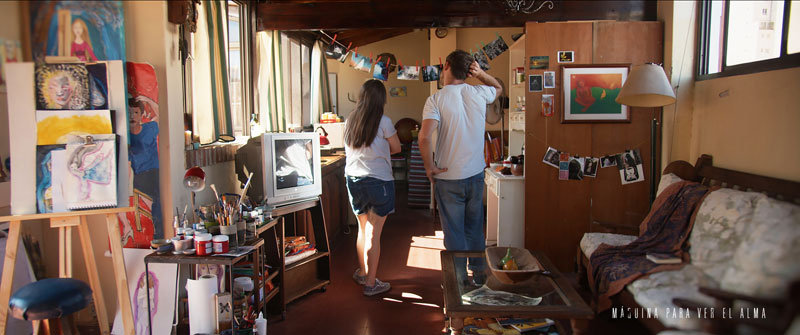
During editing, and ahead of more in-depth visual effects work, he could switch to DaVinci Resolve Studio’s Fusion page and quickly composite together what the final cut of the film would look like with an initial VFX pass.
Nahuel said that, during the VFX stage, Fusion’s 3D workspace and node architecture allowed the team – which consisted of Ludmila Ortiz, Maximiliano Zamudio, Ailen Sobrales Franze and Mariano Asseff – to make complex composites with relative ease. “Its 3D camera tracker helped with many tasks and was used for cleaning some shots and stabilizing others. We also looked after screen replacements, cleaned backgrounds and integrated VFX elements of the digital visualisations of the energies that the characters see and interact with,” said Nahuel.
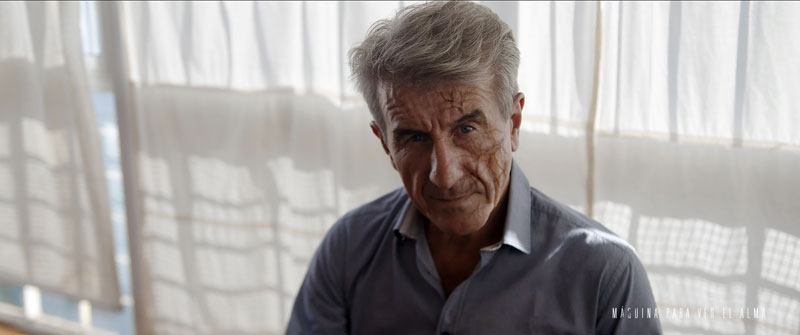
“For one scene, we needed to generate an image of two moving luminous fluxes. The two ‘energies’ should be seen colliding, one light and the other dark. That scene became our biggest challenge, and to give it just the right look, I used several’s Resolve FX plugins on the colour page to amplify the VFX. Resolve FX and the magic mask tool, which uses the DaVinci Neural Engine, also helped me separate the characters from the background and add traces of light behind them.”
To complete the production’s workflow, Nahuel and Andrea Mock, who is director of sound and a co-producer, used DaVinci Resolve Studio’s Fairlight page for sound editing and dialogue clean up, while Nahuel also returned to the colour page for the entire film’s colour grade. He said, “Choosing to work with the Blackmagic Design cameras and Resolve for this film was a critical decision, allowing us to work with more freedom and creativity, and enhanced the final results. We’re looking forward to the film’s commercial premiere in early 2022.” www.blackmagicdesign.com
